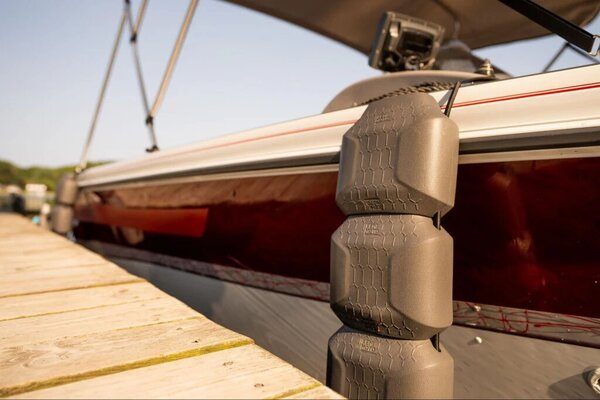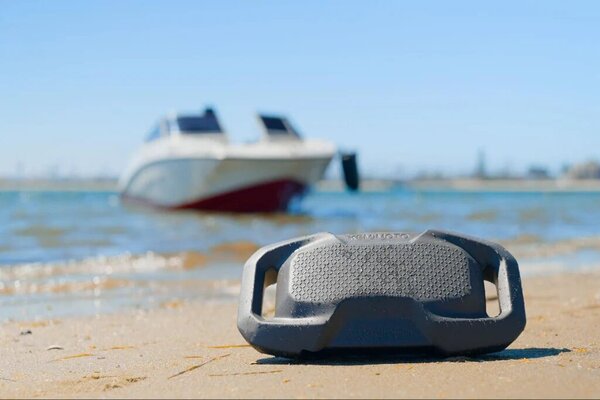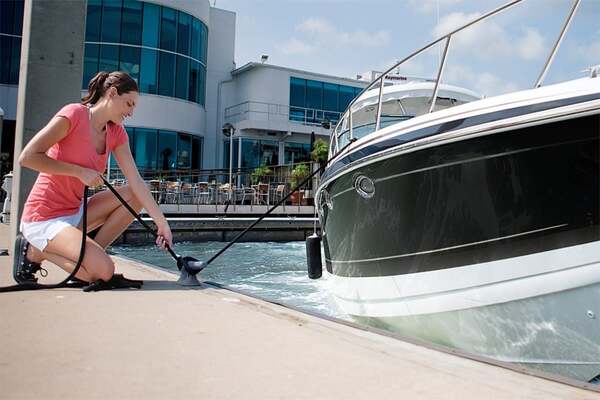Check out Kemimoto Coupon Code easy-to-use and durable boat accessories to keep your boat safe!
How Can You Keep Your Boat Safe from Dock Damage?
September 12, 2024



 Accessories,Online Shopping
Accessories,Online Shopping

Owning a boat provides many opportunities for adventure, relaxation, and quality time on the water. However, with the benefits of boating come responsibilities, such as protecting your investment from potential injury. Dock damage is one of the most common risks that boats encounter. Damage to the dock can be costly and frustrating, depending on whether it is caused by rough waters, incorrect docking, or the environment.

Fortunately, there are several steps you can take to minimize or prevent dock-related damage.
1.Use Quality Dock Lines
Dock lines are your boat’s first line of defense against damage. They serve to secure your boat to the dock and absorb the impact of the boat’s movement.
a. Choose the Right Material
Nylon is the most commonly used material for dock lines because of its flexibility and ability to absorb shock. Nylon ropes are durable and provide just enough stretch to keep the boat secure without being too rigid.
b. Size Matters
Ensure your dock lines are of the appropriate thickness and length. For boats under 25 feet, a 3/8-inch line is usually adequate, while boats between 25 and 40 feet may require a 1/2-inch line. Larger boats may need even thicker lines. Length-wise, a general rule of thumb is that dock lines should be roughly 1.5 times the length of your boat.
c. Check for Wear and Tear
Routinely inspect your dock lines for fraying, thinning, or other signs of wear. A worn line can snap unexpectedly, leaving your boat vulnerable to damage from hitting the dock or drifting away.
2. Install Fenders and Bumpers
Fenders and bumpers are essential for protecting your boat from direct contact with the dock. These cushioned devices are placed between the boat and the dock to absorb impact, reducing the likelihood of scrapes, dents, or other damage.
a. Choosing the Right Fenders
Fenders come in various shapes and sizes. Cylindrical and round fenders are popular for general use, while larger, heavy-duty fenders are available for bigger vessels or rough docking conditions. Make sure your fenders are appropriately sized for your boat, with larger boats needing larger or more numerous fenders.
b. Proper Fender Placement
The key to fender effectiveness lies in proper placement. Fenders should be placed at the widest parts of the boat and where the boat’s hull makes contact with the dock. Adjust the height of the fenders so that they are positioned just above the waterline, providing adequate protection regardless of the tide or water conditions.
c. Use Fender Boards
For added protection, especially if you frequently dock in areas with rough waters, consider using fender boards. These boards spread the impact over a wider area, preventing the fenders from being pinched or worn down.

3. Master the Art of Docking
Improper docking is one of the most common causes of boat damage. Taking the time to learn proper docking techniques will help you avoid costly mistakes and reduce the risk of damage.
a. Plan Ahead
Before approaching the dock, take stock of the wind, current, and tide. These factors will affect how your boat moves and how you should approach the dock. Always have a plan in place and be ready to adjust if needed.
b. Slow and Steady
Docking requires a slow, controlled approach. It’s better to come in too slowly and have to make adjustments than to come in too fast and risk colliding with the dock. Use short bursts of throttle rather than constant power, and allow momentum to carry you toward the dock.
c. Use Boat Hooks and Assistance
Having a boat hook or an extra pair of hands can make docking much easier. A hook allows you to grab the dock or a cleat without having to lean over the side of the boat, while another person can help secure lines or fend off the dock in case of close contact.
4. Prepare for the Weather
Weather conditions can cause a lot of damage if your boat is not properly secured. High winds, rough waters, and storms can push your boat against the dock, resulting in scratches, dents, or even more severe damage.
a. Double Up on Dock Lines
If you’re expecting bad weather, it’s a good idea to double up on dock lines. Using additional lines provides extra security and ensures your boat stays in place, even in rough conditions. When doubling up, make sure to use separate cleats for each line so that they don’t interfere with one another.
b. Cross Dock Lines
Crossing your dock lines adds stability to your boat’s positioning and prevents it from moving too much in the water. This method is especially useful for preventing your boat from swaying side to side, which is common during high winds or when waves are active.
c. Check Your Fenders Regularly
During bad weather, check your fenders often to make sure they are in the correct position and haven’t slipped. A misplaced fender can leave your boat’s hull vulnerable to impact damage.
5. Invest in Dock Protection
In addition to protecting your boat, it’s important to ensure that the dock itself is not causing damage. Adding protective gear to the dock can prevent scuffs, dents, and other impacts on your boat’s hull.
a. Dock Edge Protection
Adding rubber or foam dock edging to the areas where your boat comes in contact with the dock can create an additional layer of protection. This helps prevent the boat from scraping against the hard surfaces of the dock.
b. Dock Wheels
Dock wheels are especially useful for areas where boats frequently come in at different angles. These wheels allow your boat to roll along the dock edge rather than striking it directly, reducing the likelihood of damage during docking.
6. Regular Inspections and Maintenance
Routine inspections and maintenance are critical to keeping your boat and dock equipment in good condition. A small issue, like a frayed dock line or loose fender, can quickly turn into a major problem if left unattended.
a. Inspect Your Boat After Every Docking
After each docking, take a few minutes to inspect your boat for any new signs of damage. Early detection of small scratches or dents can prevent them from worsening over time.
b. Check Dock Equipment
Regularly inspect the dock cleats, fenders, and bumpers to ensure they are in good working order. Replace any worn or damaged equipment immediately to maintain optimal protection.

Protecting your yacht from dock damage is critical to preserving its value and keeping it in top shape. You may significantly reduce the danger of damage by using high-quality dock lines, installing fenders and bumpers, learning good docking procedures, planning for inclement weather, investing in dock protection, and performing regular maintenance. Implementing these measures not only saves you money on repairs, but also gives you the piece of mind that your boat is well-protected. Have a safe boating trip!

Leave a Comment